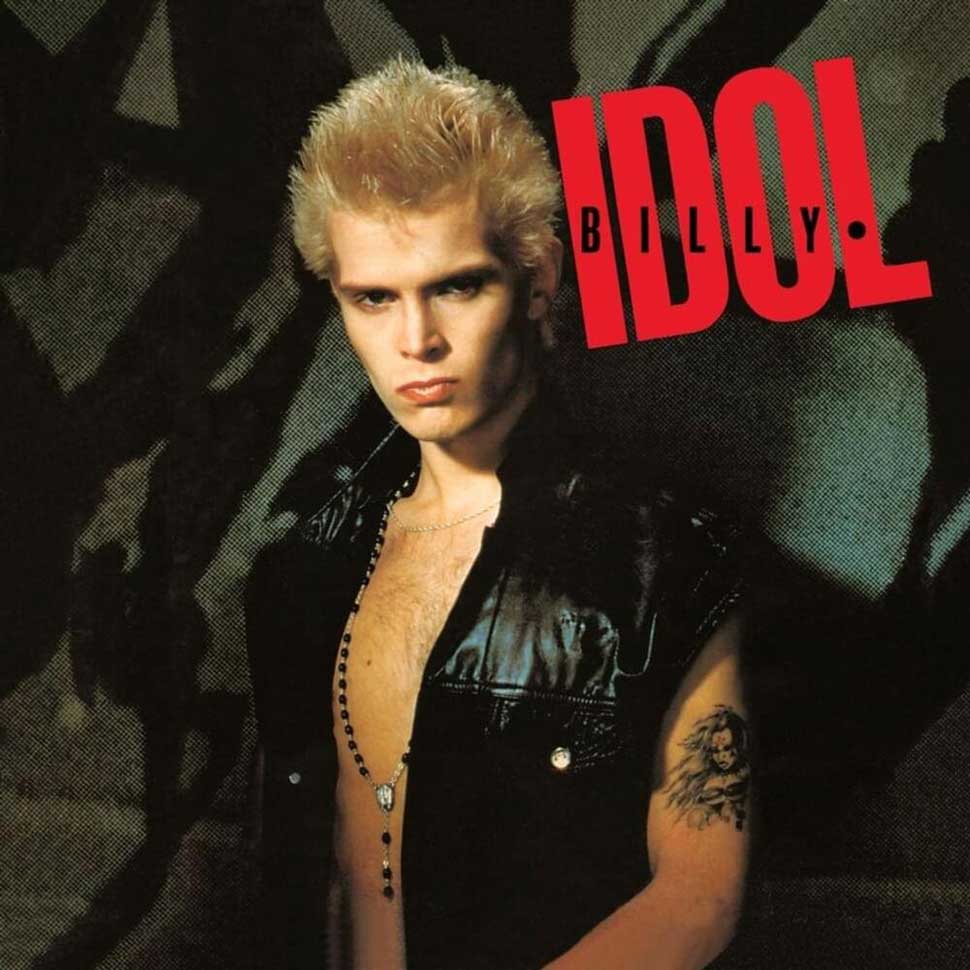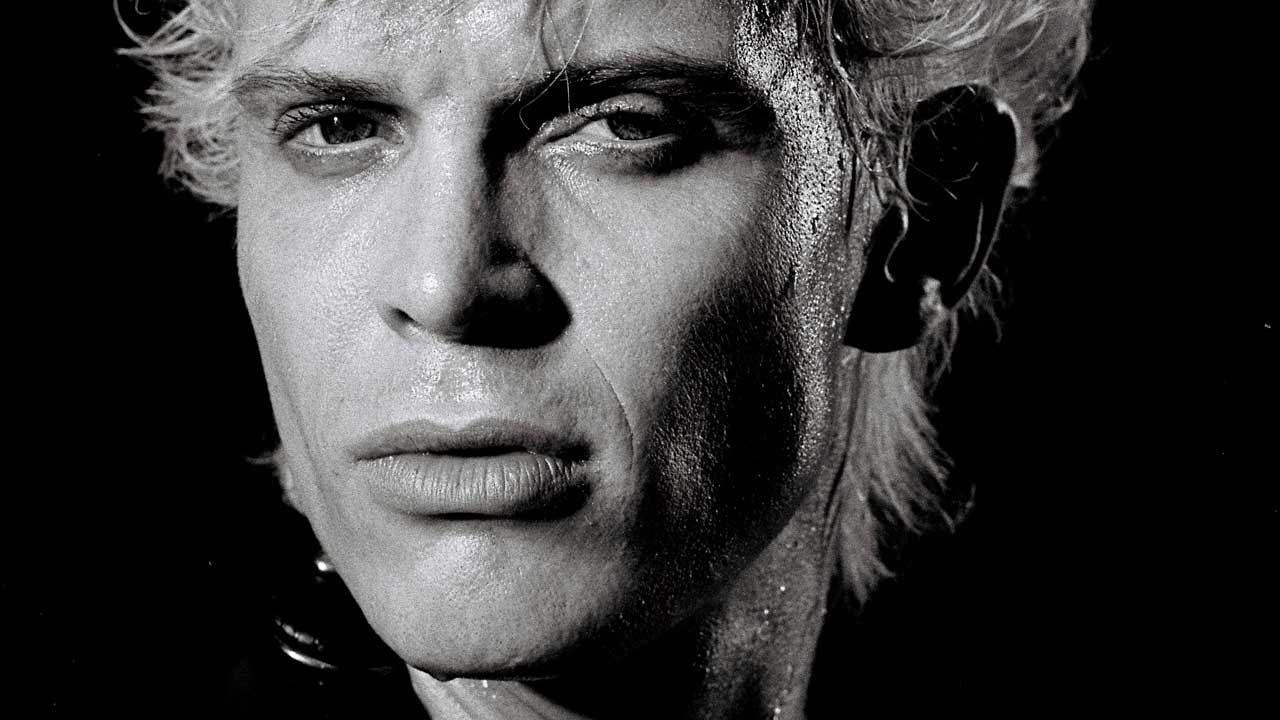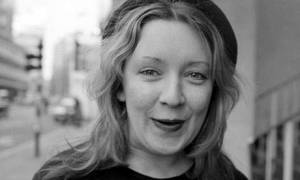When Billy Idol left the UK to live in New York City at the beginning of the 80s, it was more of a gamble than a career move. The initial heady excitement of the punk years in London had levelled off, his band Generation X had ground to a halt, and Idol and his girlfriend Perri Lister were keen to see more of the world.
With Idol as frontman and lead vocalist, Generation X had released three creditable albums: Generation X (1978), Valley Of The Dolls (’79) and Kiss Me Deadly (’81) gave rise to such enduring favourites as Ready Steady Go, King Rocker and Dancing With Myself. But hardline punks and a newly critical young music press were not unanimously convinced by Generation X or by Idol.
By moving to America, Idol then antagonised many of the supporters he did have in his corner. There was a certain possessiveness about those days, when people scorned anyone who dared to leave their native England in search of a future. And so it was to cries of “Sell out!” that Idol jetted off into the great blue yonder.
His survival in New York was by no means a certainty. The media there did not like the UK punk look – too spiky, too hard, too threatening. And the radio stations were not about to play singles by anybody who looked like that.
Settling down to work, Idol released an EP, Don’t Stop, which included solo versions of Gen X songs and a cover of Tommy James & The Shondells’ 60s hit Mony Mony. But it was only when he teamed up with fiery guitarist Steve Stevens, who was also his new writing partner, and producer Keith Forsey that things really started looking up.
“I was doing my first album, trying to write songs for it,” Idol recalls. “I was still really working out what my music was gonna be like. But I remember writing the words ‘white wedding’ down at the top of my yellow pad. I’ve always used a pad. “I have a sister, Jane. She had got pregnant by her boyfriend and was going to get married. Everything was totally all right, but I thought to myself: ‘What if this had happened 30 years ago? There would’ve been a huge outcry.’
“I put a slight twist in the song to give it more of a dramatic edge – I couldn’t help it. I turned it round as if there was a crazed brother somewhere who was like Clint Eastwood and was coming back to murder whoever had defiled his sister. So it was kinda written around a real thing and then embellished. But you do that with songs.”
The birth of White Wedding was relatively painless: “Keith stuck me in the studio with a drum machine and my guitar, and 15 minutes later I said: ‘I think I’ve done my homework’. I had all the pieces, and the ‘Pick it up, take me back home’. It was 20 minutes long, mind you.”
And he had an idea then that the song was a classic in the making: “It felt like it. I went straight back to the lads and I played them my demo, and we all went out and got drunk.”
The album Billy Idol was released in the summer of 1982. Ignored in the UK, it charted at a healthy No.45 in the US. The first single from it, Hot In The City, received a lot of airplay – primarily because Idol’s photograph was not on the sleeve – and peaked just outside the Top 20. The next single was White Wedding, and was released in a sleeve featuring an image of Idol.
But while this impeded its progress with the radio programmers, Billy had discovered another way to put himself and his music across: he had shot a low budget video for the single, allegedly spending a mere $65,000. With the fledgling MTV screening it regularly, White Wedding climbed the US chart to No.36 in October that year.

Musician magazine, assessing the album, stated: ‘Not only is his delivery smooth and resonant, but he manages some characterisations on White Wedding that would make Bowie envious.’ With a pair of Top 40 singles to his name, Idol’s popularity was on the rise, the venues he played became progressively larger, and the scene was set for Rebel Yell, which would go on to be the biggest-selling album of his career.
Back in Britain it was a different story. White Wedding had been largely ignored, as was the Rebel Yell album. It wasn’t until the summer of 1985 – some three years after its original release – that a re-released White Wedding made its mark in the UK, rewarding Idol’s patience with a No.6 hit.
In the same year, Britain cottoned on to Rebel Yell, the single and the album, which reached No.6 and No.36 respectively. He followed on with the international Top 10 album Whiplash Smile in 1986, and he unfailingly hit the Top 50 on both sides of the Atlantic with every album he released thereafter, up to and including 1993’s Cyberpunk.
But what of his sister Jane’s wedding, the event that triggered his classic song? “I didn’t go to the wedding,” Idol confesses. “I couldn’t, because I was in America. But I sent them a greeting. It said: ‘A nice day for a white wedding’."
This feature originally appeared in Classic Rock 85, in October 2005.

